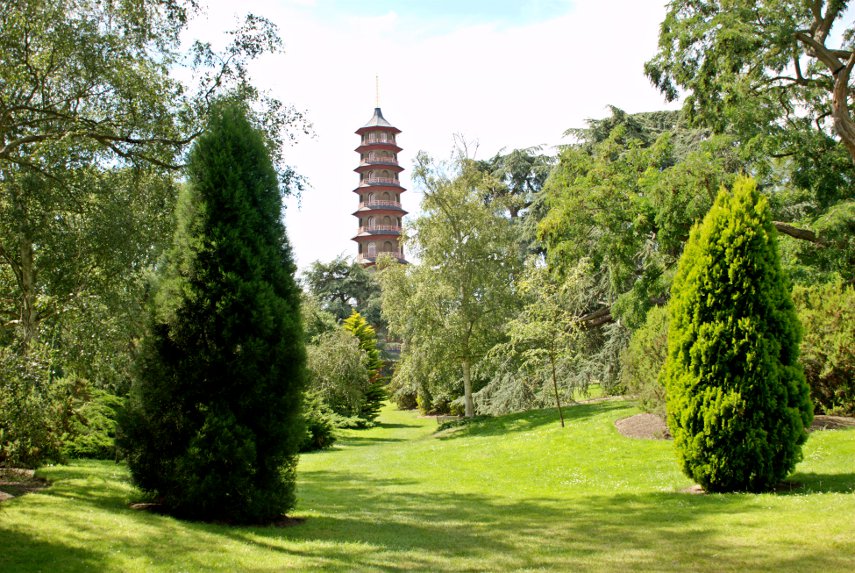
 DoneThat
DoneThat
Kew Gardens (1), London, England
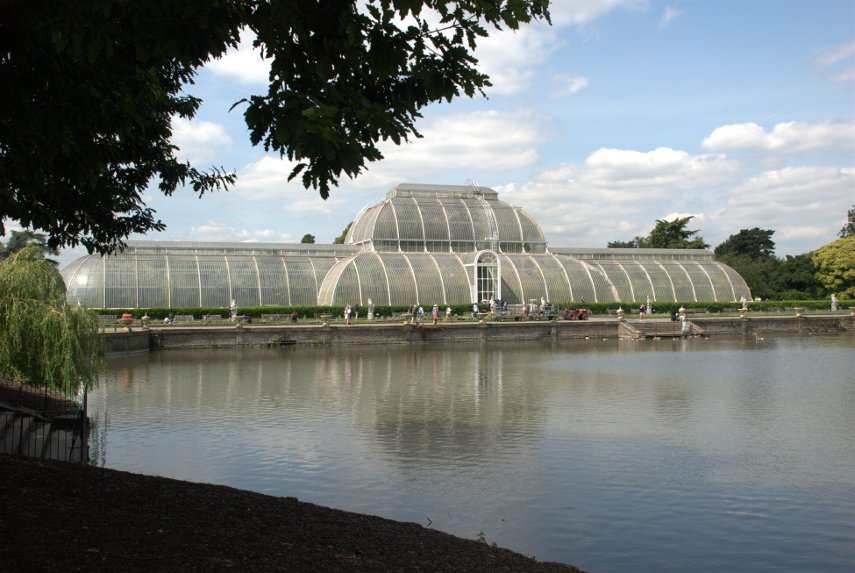
The Royal Botanic Gardens at Kew has its main purpose in scientific plant research and conservation and covers over 300 acres.
Built in 1848 the Palm House at Kew has iconic status as the world's most important surviving Victorian glass and iron structure and is Kew's most recognisable building.
It is near the Victoria Gate and is huge, not to mention warm, with a humid tropical rain-forest climate.
| Comment | 
| More around the Palm House |
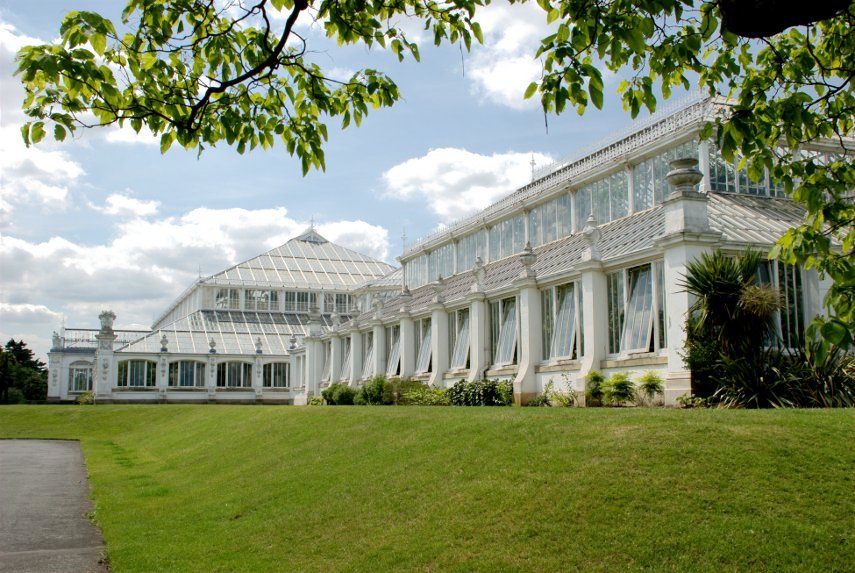
The Temperate House, once the largest plant house in the world, is now the world's largest surviving Victorian glass structure covering 5836 square yards or 1.2 acres and was completed in 1898.
This shows the eastern end with the large central structure visible beyond.
| Comment | More around the Temperate House |
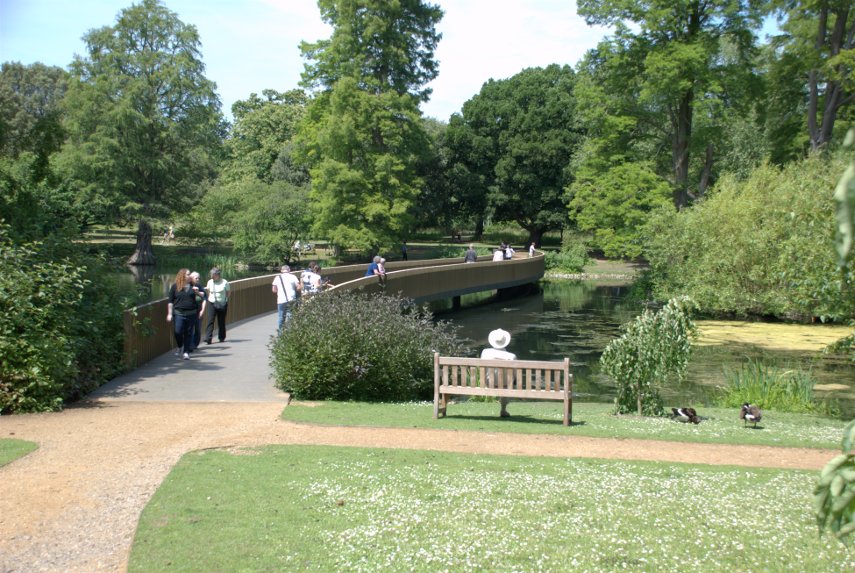
A little to the north of the Treetop Walkway is the main lake which covers about 5 acres. This lake was formed from the gravel pit left after gravel was extracted to build the foundations of the Temperate House.
| Comment | More around the lake |
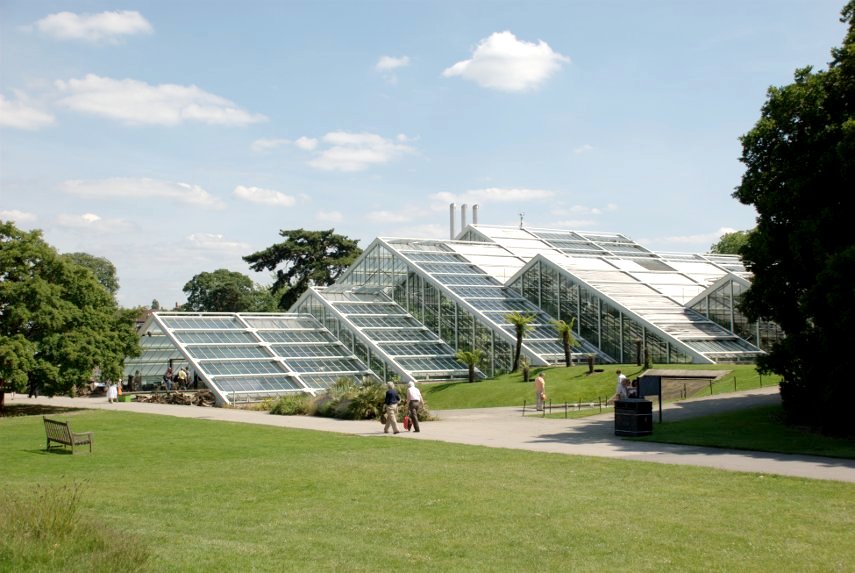
A little to the east of the Palm House and Victoria Gate is the Princess of Wales Conservatory. This conservatory was opened in 1987 to replace a group of 26 smaller buildings that were falling into disrepair. It was named after Princess Augusta, founder of Kew and contains ten computer-controlled climatic zones.
This is, from our point of view, one of the 'must see' exhibits in Kew Gardens - don't miss it!
| Comment | More around the Conservatory |
Read our two reports of trips to Kew Gardens (1) and Kew Gardens (2) on the Blog.
